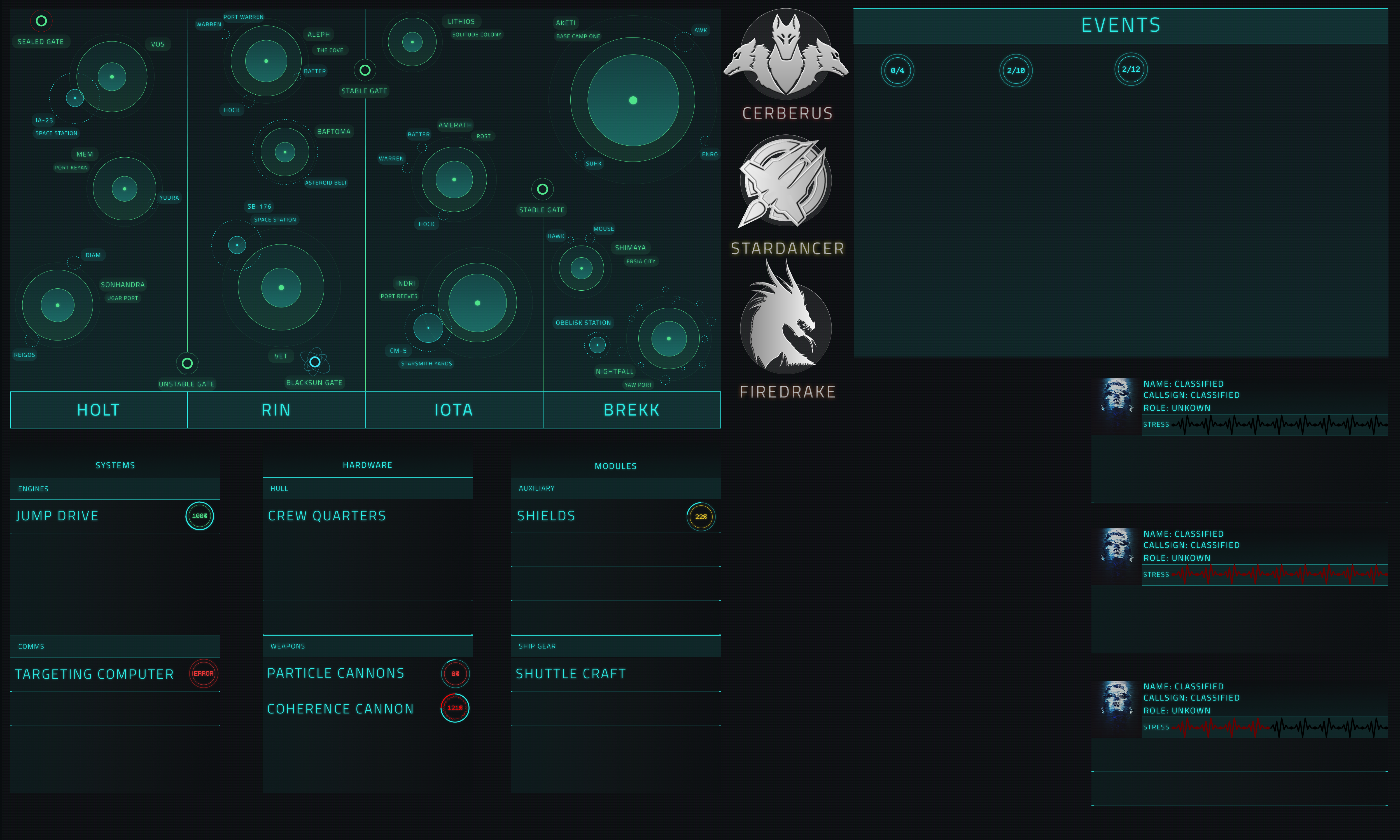I am having some trouble in my table with the idea that a character who reaches maximum stress disappears from the current heist.
My players actually want to get some traumas for their characters, but nobody just wants to leave play in the middle of a heist because… Well, we meet to play and if they max their stress they can’t play anymore for that score.
Since the GM doesn’t give stress to the players, they’re the only ones that can willingly take the stress to improve their rolls or resist consequences, but when they have enough stress boxes marked they just stop helping each other, stop pushing themselves and, if the consequence is not inmediately lethal, stop resisting consequences. In other words, the game becomes more boring for them (but even this is better to have their character put of the action!). The only case one of the players got a trauma was because everybody knew that this was the last action of the score.
Does anybody else have the same problem? I’ve been thinking in changing the rule to let a max stress character remain in the score and duplicate every following stress spend, or something like that. How would you do it?

